Abstract
An experimental simulation model is described by which imbalances in the distribution of hospitals may be evaluated and location shifts suggested to meet future needs. The model, partly deterministic and partly probabilistic, is here used to project the effects on patient travel of shifting capacity and of shifting demand. Applied to the metropolitan Chicago hospital system, the model results indicate that relocation of hospital beds would considerably decrease patient travel, but that the same improvement in patient travel and in hospital utilization could be achieved, with a far less radical and costly shift of beds, by relaxing existing constraints of income and race.
Full text
PDF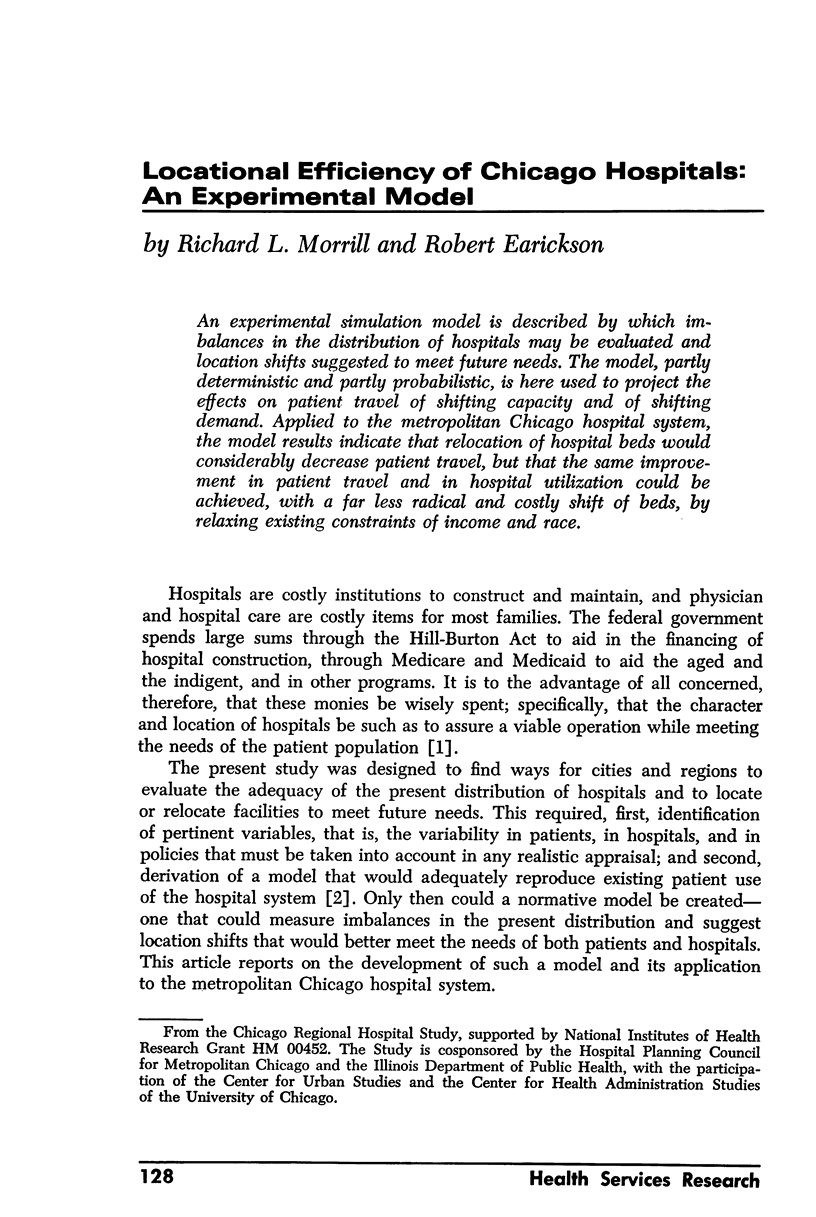
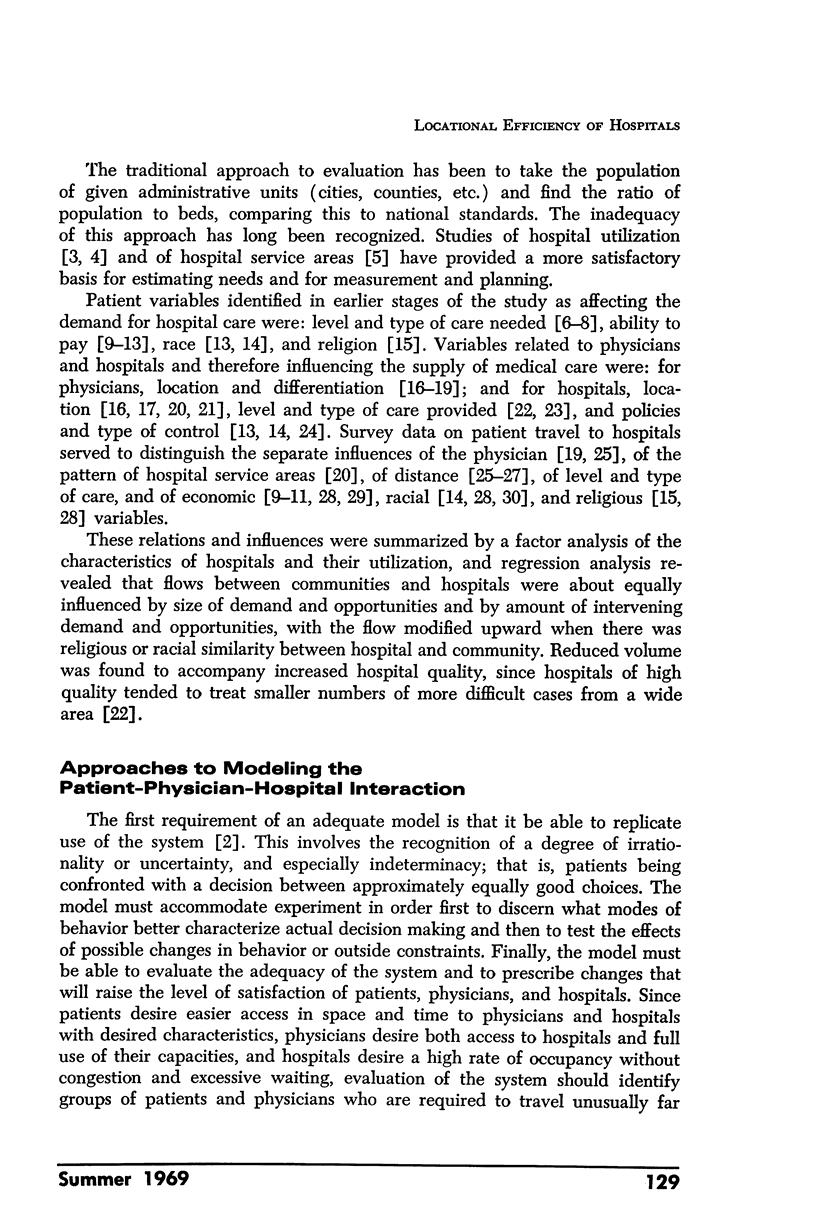

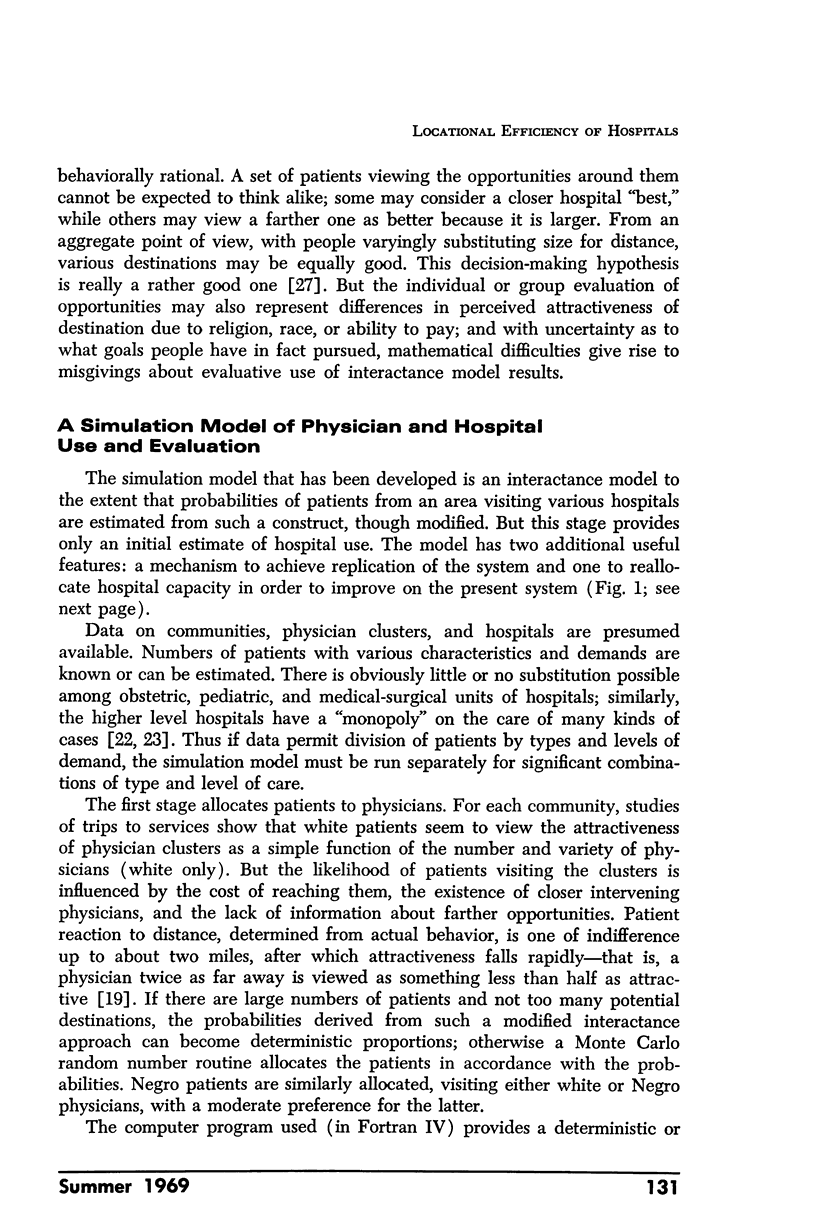
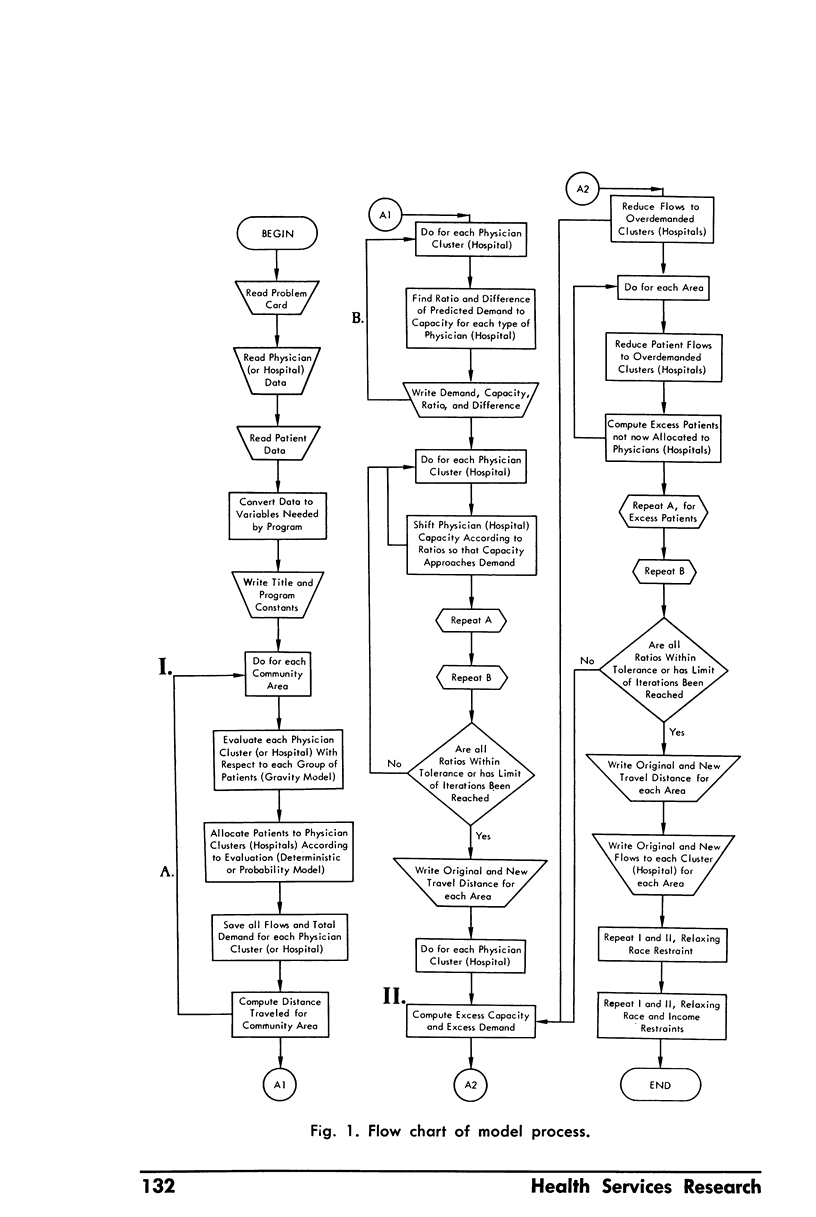
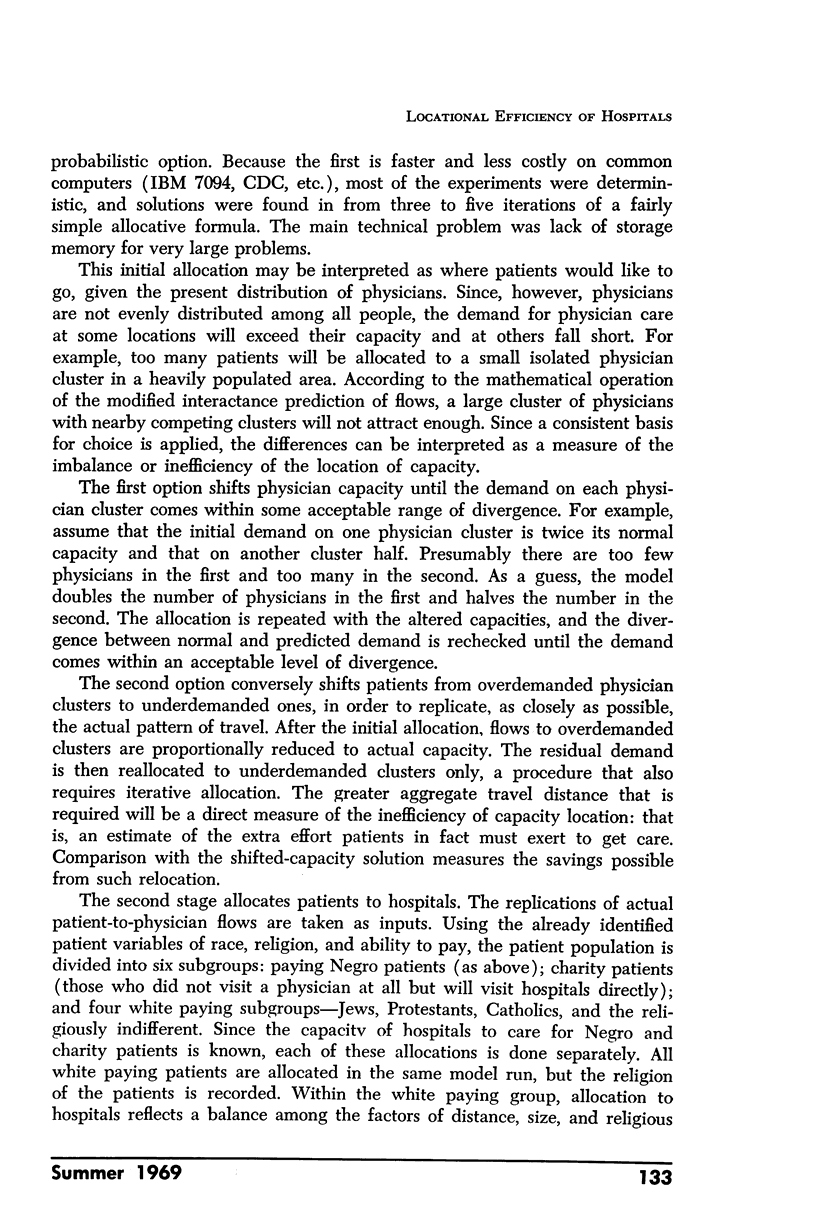
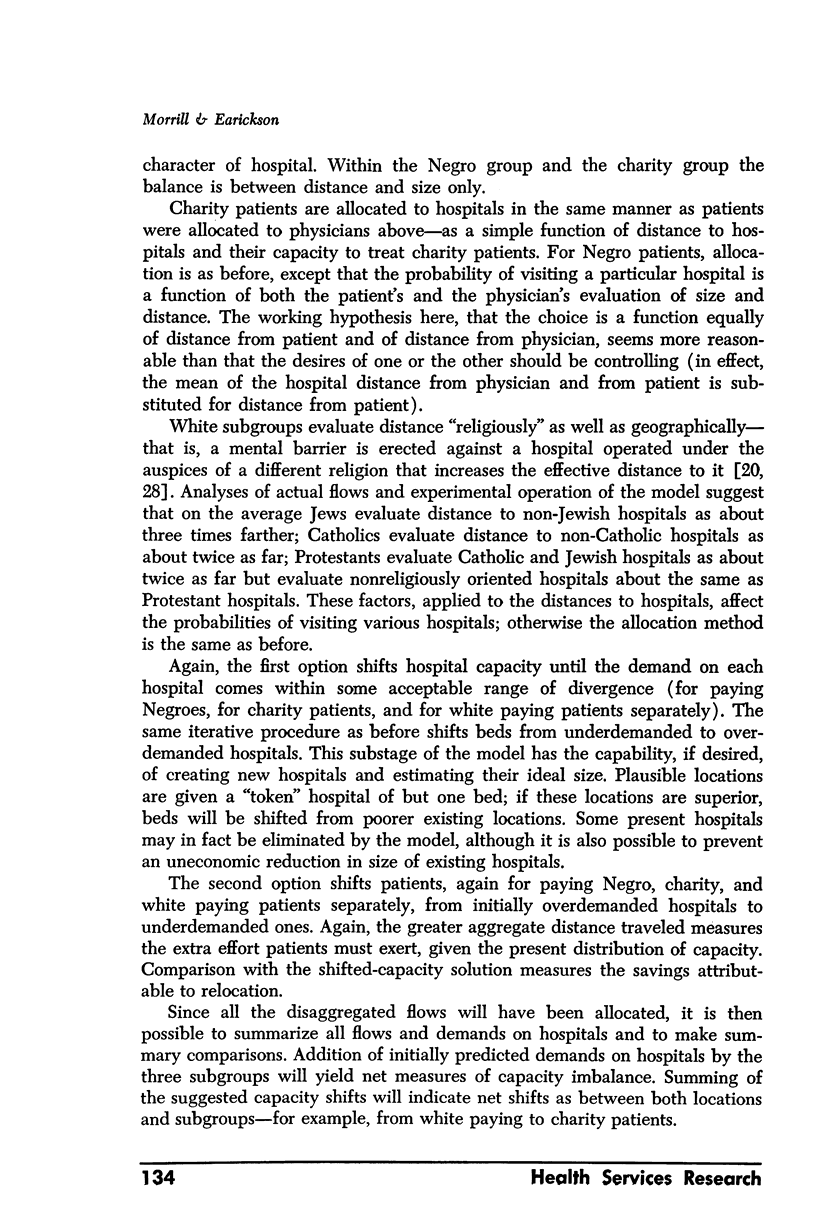
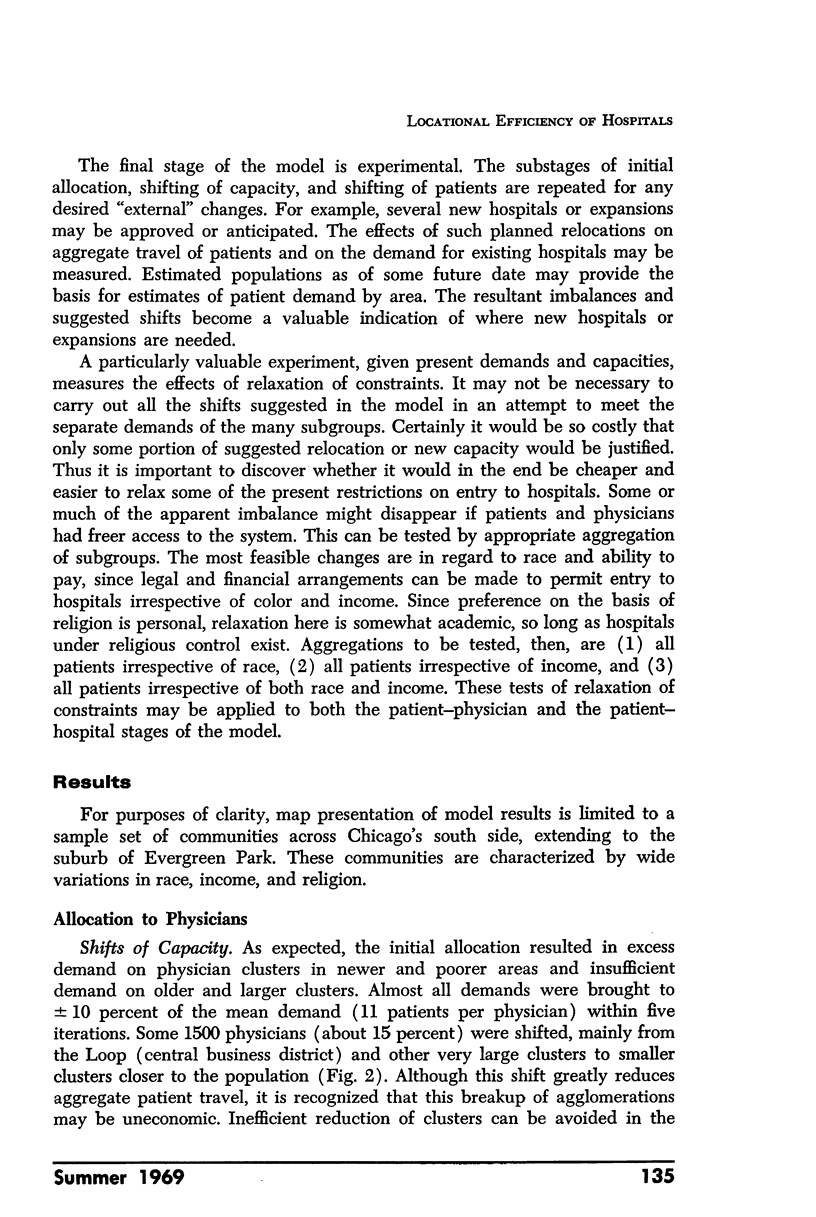
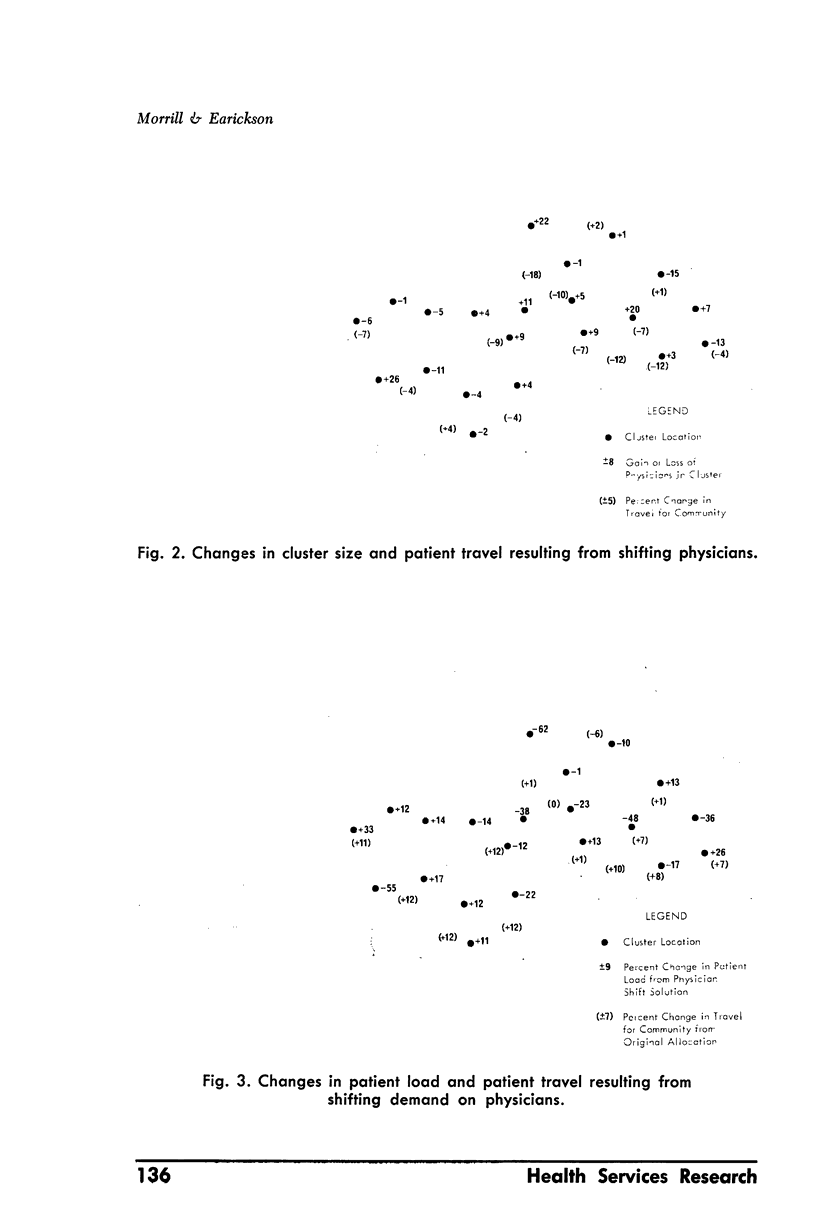
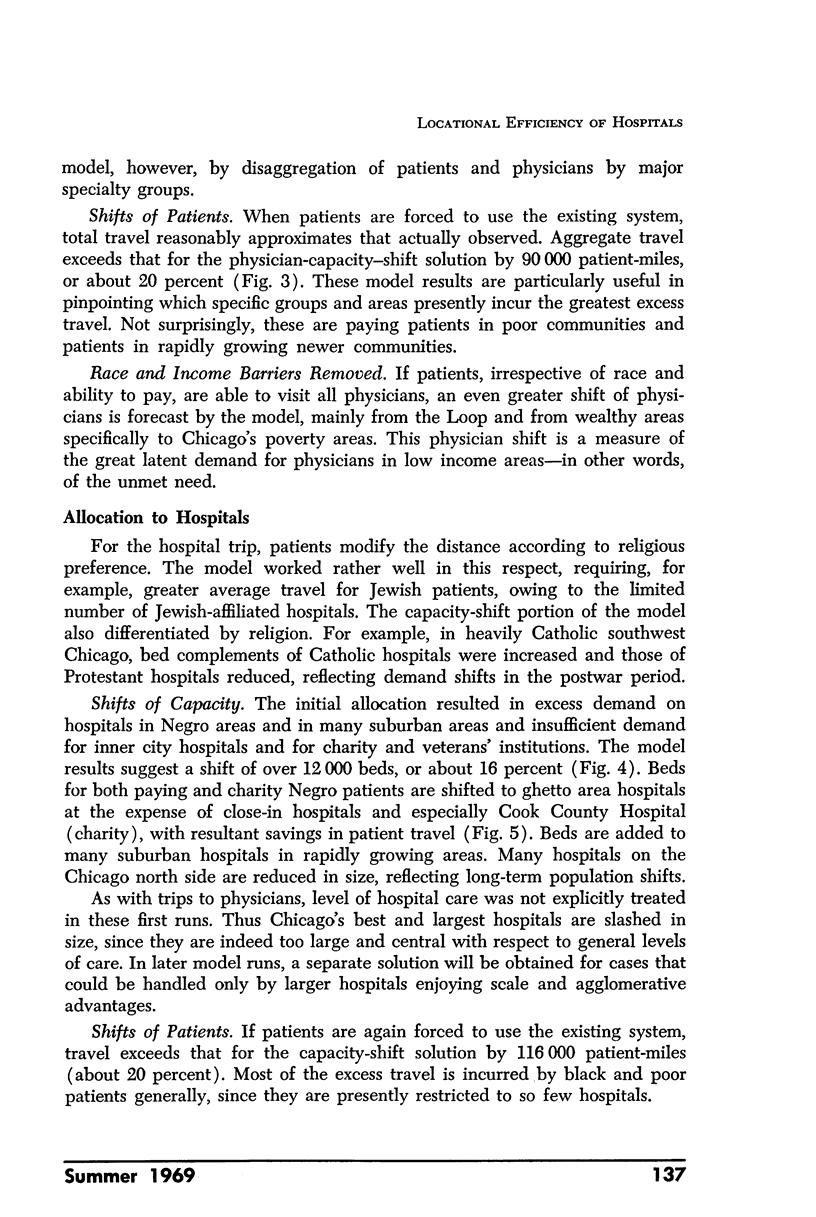
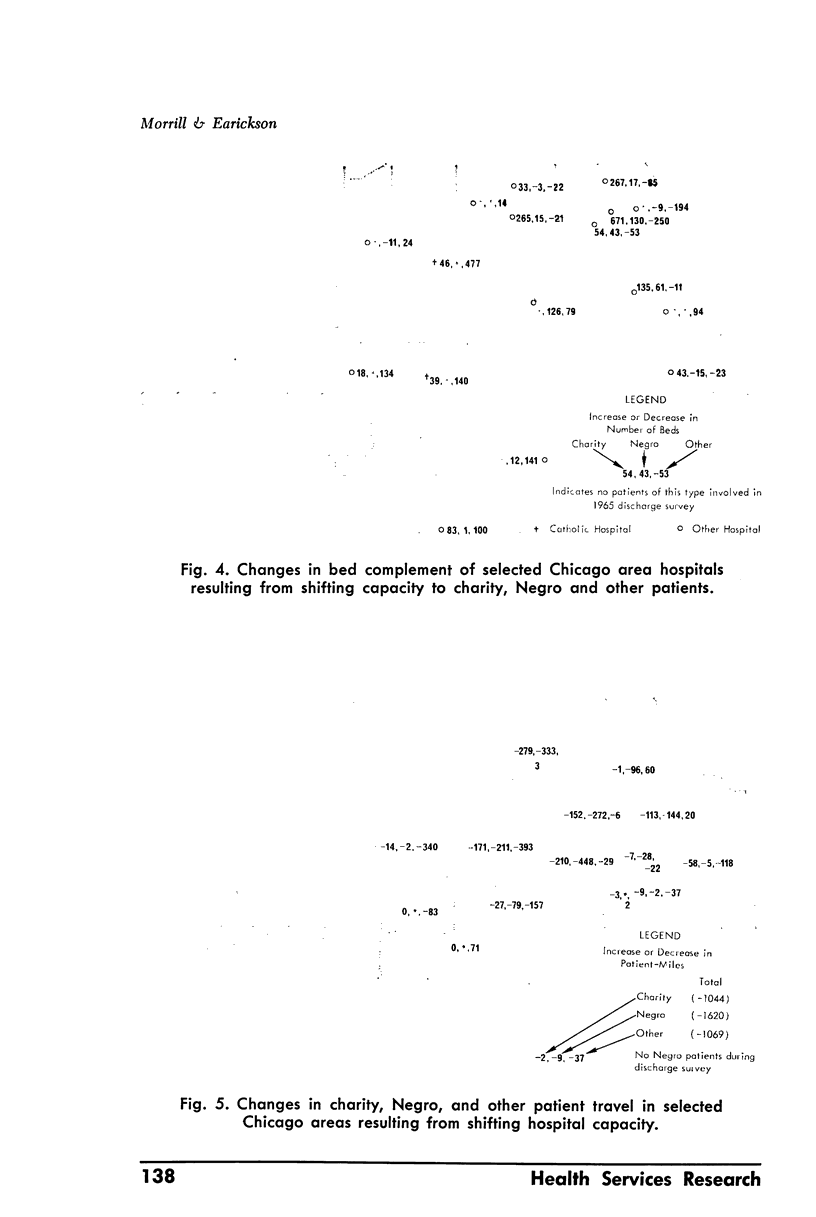
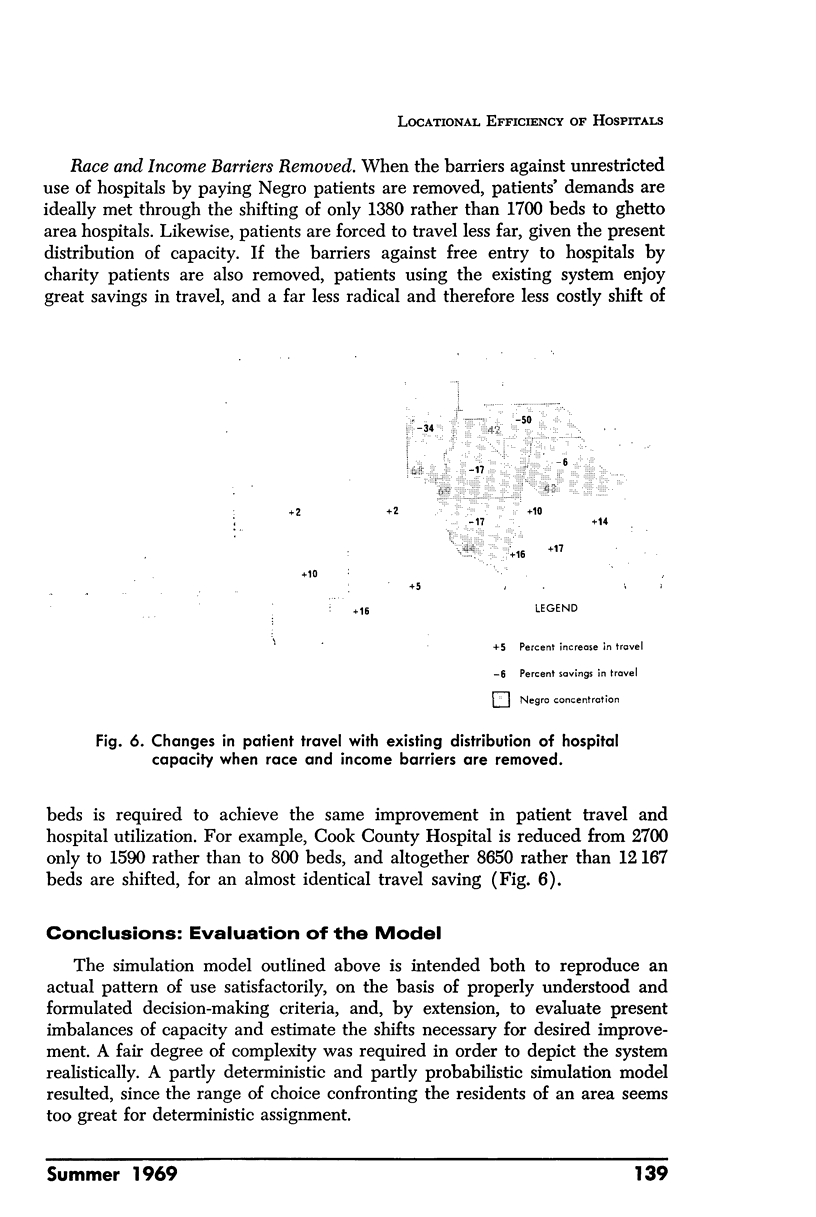
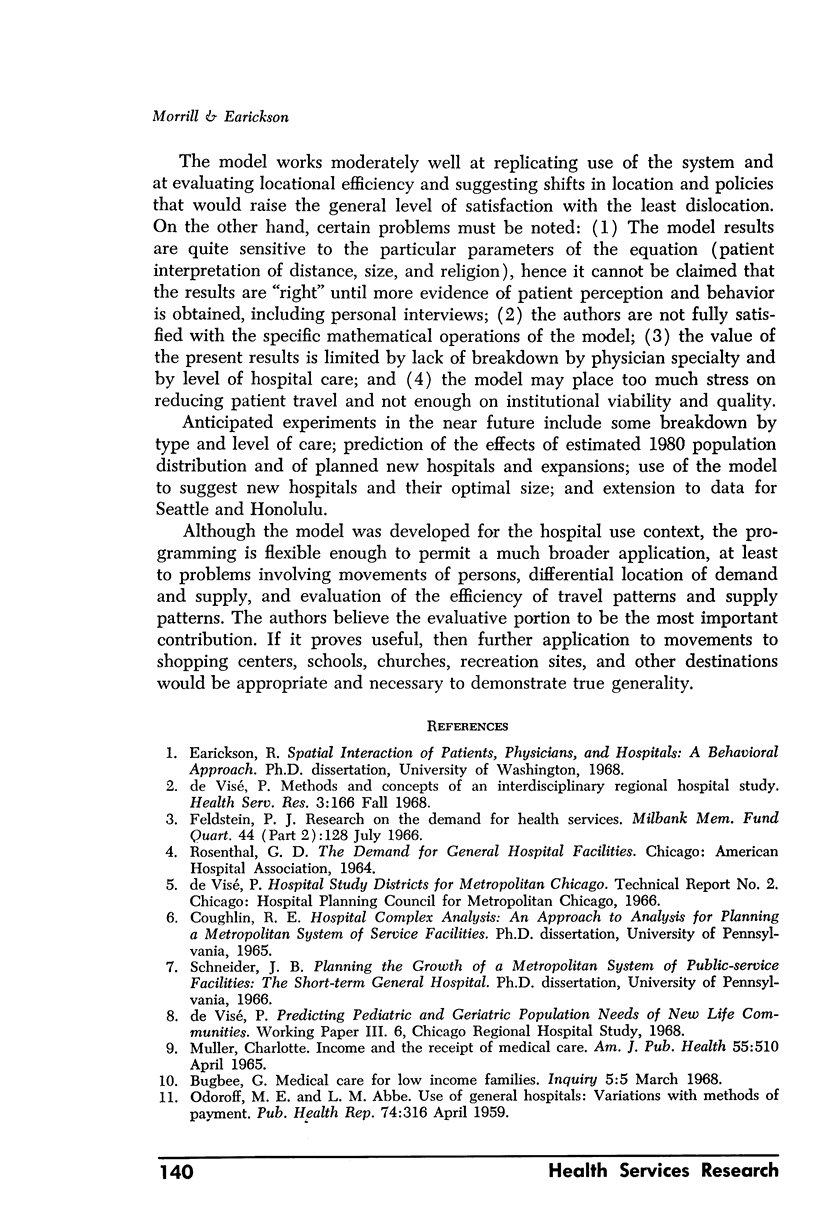
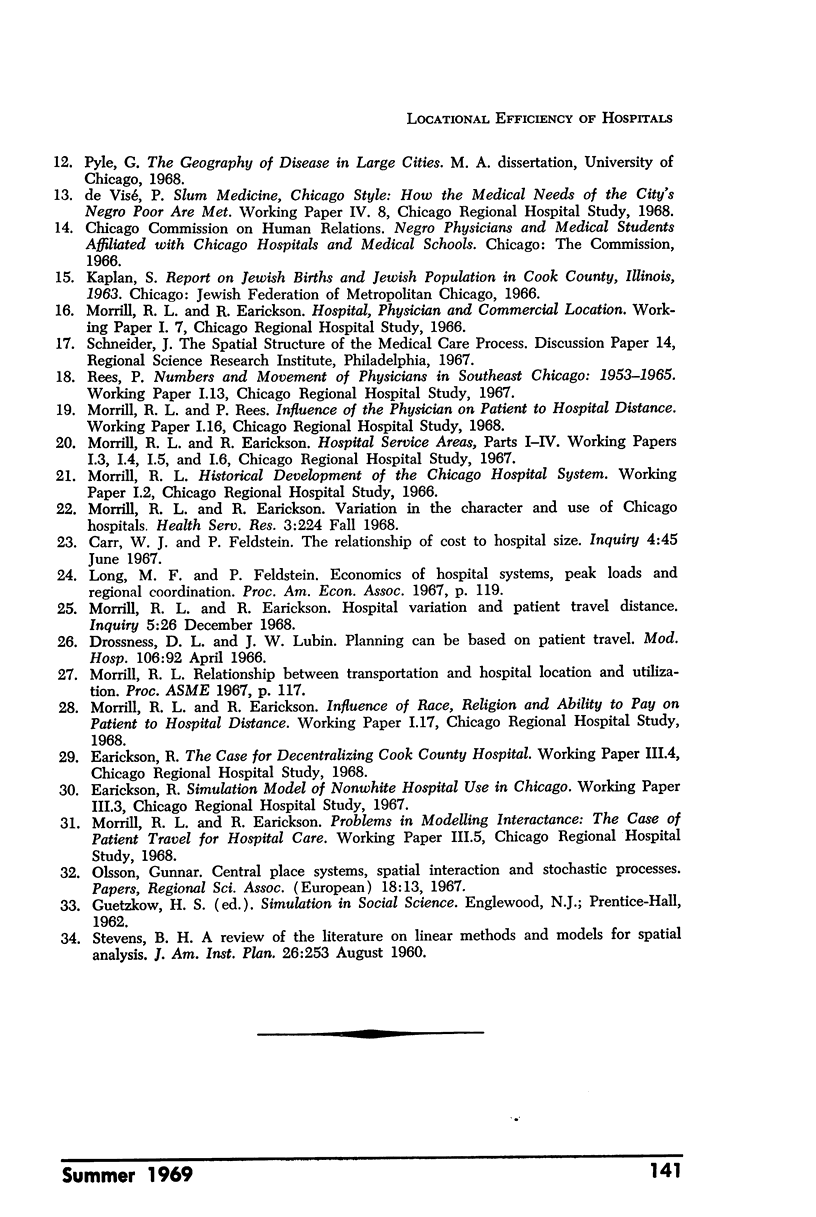
Images in this article
Selected References
These references are in PubMed. This may not be the complete list of references from this article.
- De Visé P. Methods and concepts of an interdisciplinary regional hospital study. Health Serv Res. 1968 Fall;3(3):166–173. [PMC free article] [PubMed] [Google Scholar]
- Feldstein P. J. Research on the demand for health services. Milbank Mem Fund Q. 1966 Jul;44(3 Suppl):128–165. [PubMed] [Google Scholar]
- MULLER C. INCOME AND THE RECEIPT OF MEDICAL CARE. Am J Public Health Nations Health. 1965 Apr;55:510–521. doi: 10.2105/ajph.55.4.510. [DOI] [PMC free article] [PubMed] [Google Scholar]
- Morrill R. L., Earickson R. Variation in the character and use of Chicago area hospitals. Health Serv Res. 1968 Fall;3(3):224–238. [PMC free article] [PubMed] [Google Scholar]
- ODOROFF M. E., ABBE L. M. Use of general hospitals; variation with methods of payment. Public Health Rep. 1959 Apr;74(4):316–324. [PMC free article] [PubMed] [Google Scholar]







